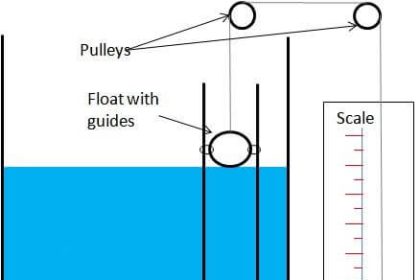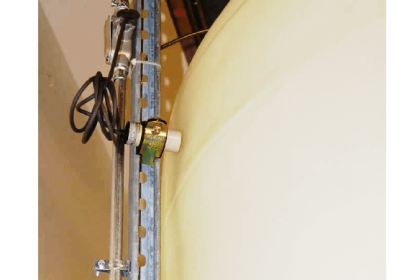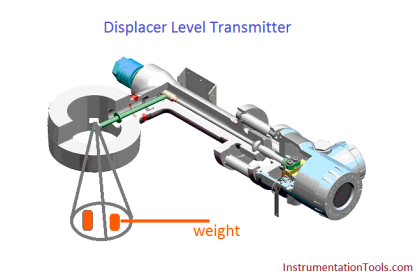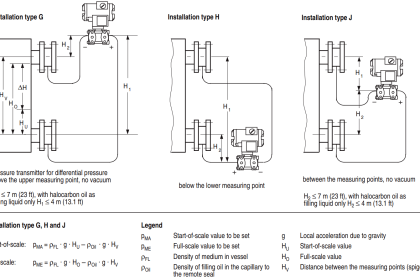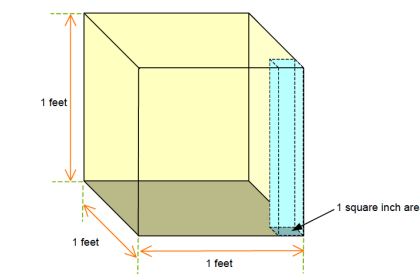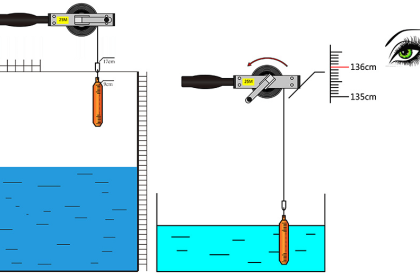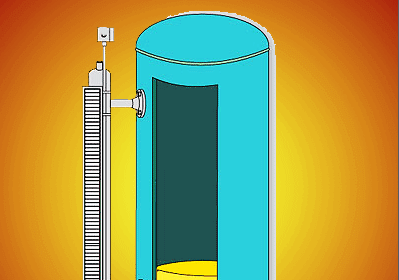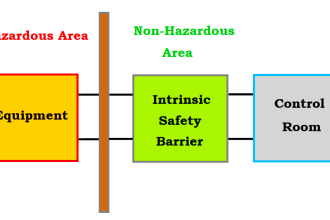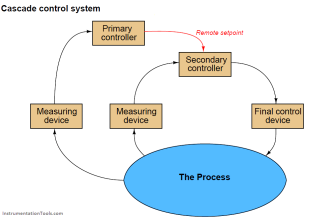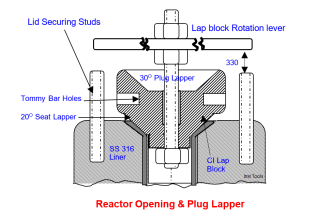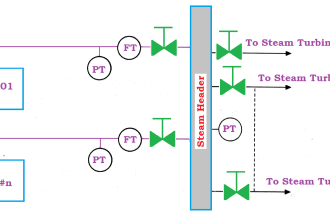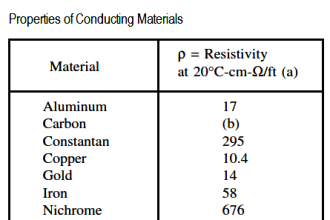In this post, we will learn about the level switch and the types of level switches.
In an automation process, measuring the level of a liquid, powder, or granule is very important. As tanks are used in almost every process, it is important to know how much tank is filled or empty.
For this, two types of instruments are used – level switch and level transmitter. A level switch is a digital input instrument, whereas a level transmitter is an analog input transmitter.
What is a Level Switch?
Suppose you have a tank filled with water. You have a pump sucking water from it (the pump is controlled by PLC).
When the pump is running, it is important to see that the tank is filled with water. If the tank level goes low and still the pump is running, then it will damage it.
So, to avoid this, a level switch is installed in the tank. It is a transducer that uses various level sensing methods to convert mechanical energy into electrical energy. It will sense the level of the tank and give an output to the PLC – either on or off.
If the tank level goes low, then the input will turn off and the PLC will turn off the pump. So, we can see that a level switch is used majorly in measurement and control applications, where they can indicate the high and low levels in process tanks.
Types of Level Switches
Some types of level switches are mentioned below.
- Float Level Switch
- Diaphragm Level Switch
- Capacitive Level Switch
- Conductivity Level Switch
- Displacer Level Switch
- Inductive Level Switch
- Vibrating Fork Level Switch
- Optical Level Switch
- Radar and Laser Level Switch
- Paddle Type Level Switch
Float Level Switch
The float switch is the most used type of level switch. The float level switch is mounted or floating on the media to be sensed. Suppose it is floating on a liquid.
Whenever the float is in a straight position or above a straight position, it means the level is proper. Now, suppose the float goes below the straight position. It means the level has dropped and due to this, the switch will change its electrical output.
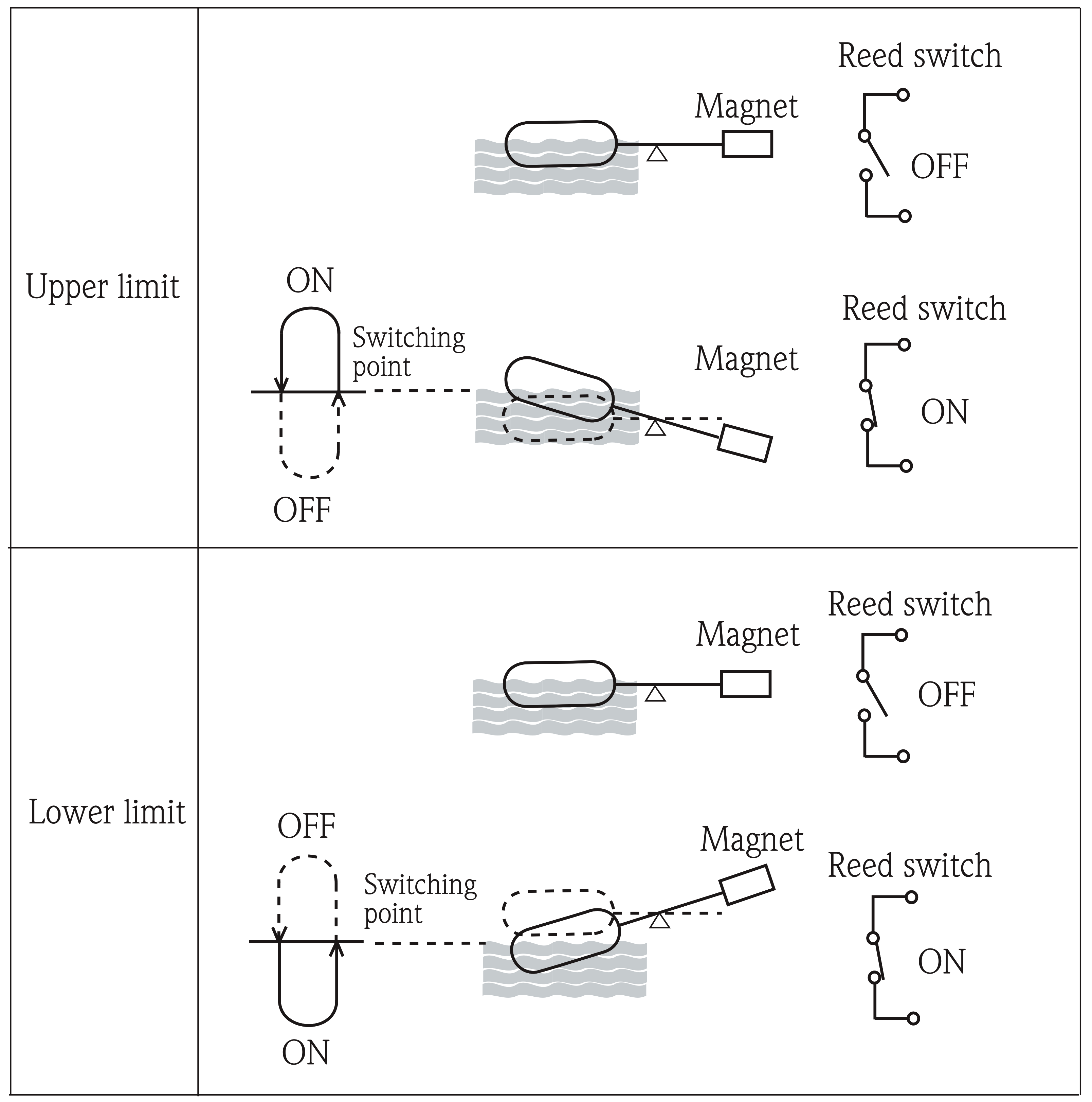
The switch constitutes a magnet with a reed switch inside. It is this switch that gives an electrical signal. The switch is moved by the magnet which changes its position according to the floating level sensed.
Diaphragm Level Switch
The diaphragm level switch consists of a diaphragm inside a module that rises up and down according to the pressure of the media applied. If the level is rising, then the diaphragm will move upwards by the media and cause a decrease in below-face pressure, changing the electrical output.
If the level is dropping, then the diaphragm will move downwards by the media and cause an increase in below-face pressure, changing the electrical output. This shows that the pressure is the acting force for this switch.
Capacitive Level Switch
As the name implies, it works on capacitance. Similar to a capacitor, the switch has an insulated electrode that performs the role of the first plate, and the tank wall (reference electrode) performs the role of the second plate.
The capacitance between these two is varied by the level height of the media. As the level changes, capacitance varies and so is the electrical output.
Conductivity Level Switch
The conductivity level switch working is similar to a capacitance level switch; the only difference is that it works on resistance.
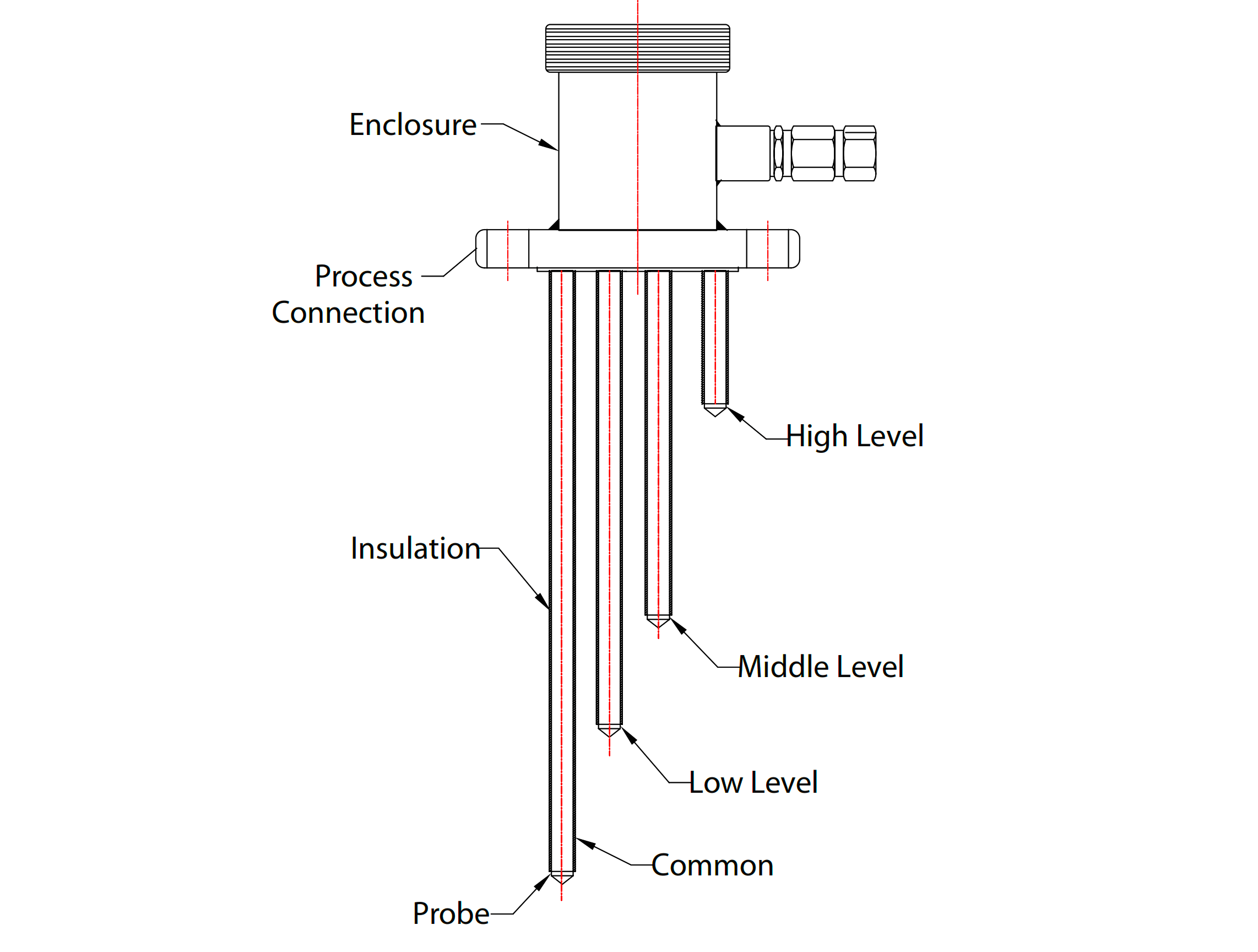
Similar to the probes theory mentioned earlier, the variation of resistance between them (based on media level) varies the electrical output. It will act only if the media has some conductivity, which causes electrical resistance.
Displacer Level Switch
The displacer level switch works on the principle of weight change. A displacer is used, which is a type of very heavy float, suspended by a spring.
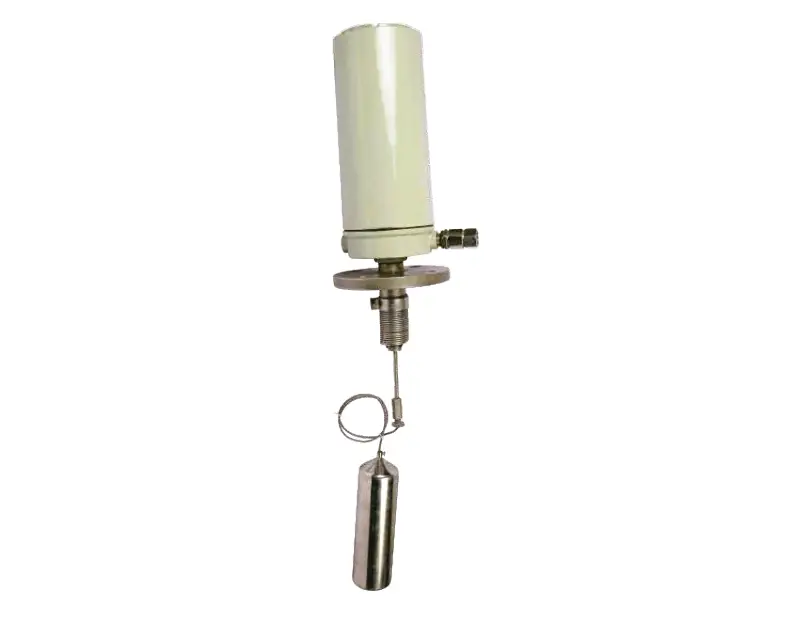
When the media level touches the displacer and submerges it, due to buoyancy force, the weight of the displacer in comparison to the acting media reduces. This releases the spring pressure and changes the electrical output.
This means that the displacer weight must be more than the media weight in normal conditions (when the media has not been touched). Then only, it will detect the change in weight.
Inductive Level Switch
The inductive level switch works on the principle of electromagnetic radiation and eddy currents. It uses an oscillator resonant circuit which uses a core magnetic coil, to generate strong electromagnetic fields.
When this field senses the media, it produces eddy currents which decrease the amplitude of oscillation. This changes the electrical output.
Vibrating Fork Level Switch
As the name implies, the vibrating fork-level switch works on the principle of vibration. It uses a fork that vibrates by an internal mechanism every time.
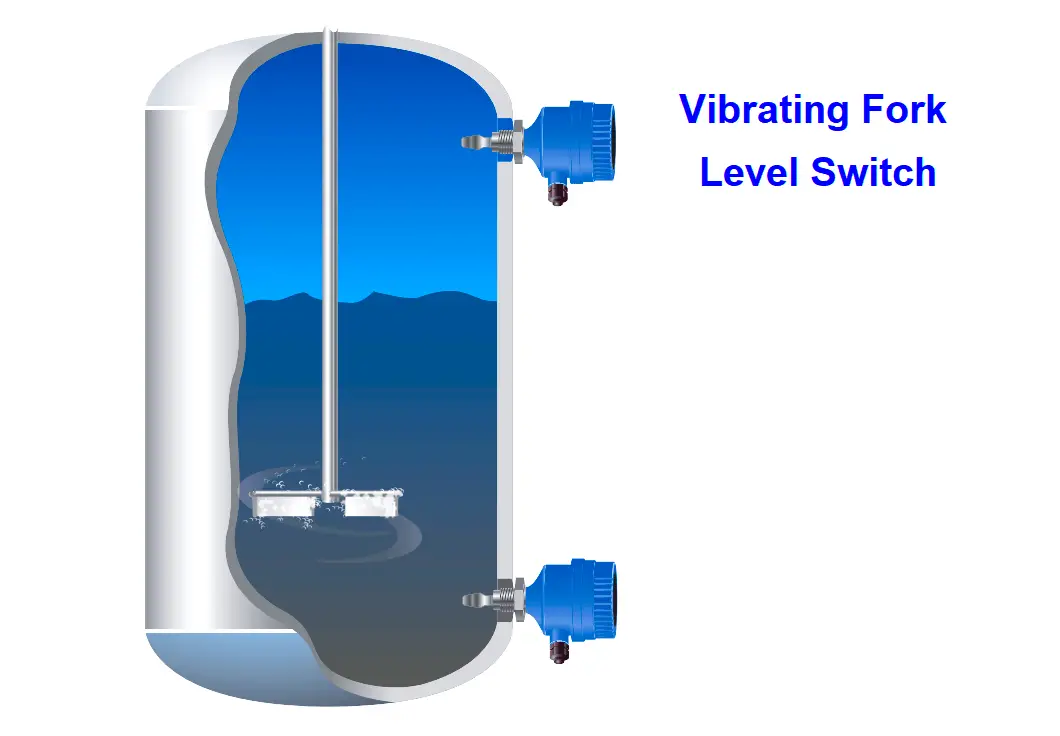
When this fork comes in contact with the media, the vibration level changes. This changes the electrical output.
Radar and Laser Level Switch
Radar and Laser Level Switches are non-contacting switches that emit ultraviolet radar rays and microwaves to transmit and reflect the waves.

The waves touch the media surface and reflect back to the transmitter. It then calculates the distance or height of the media by calculating the time required to transmit and receive, and the speed of the waves.
The speed will be constant, but time will vary. This changes the electrical output.
Optical Level Switch
The optical level switch is similar to radar sensors; the difference is that optical light is emitted instead of waves.
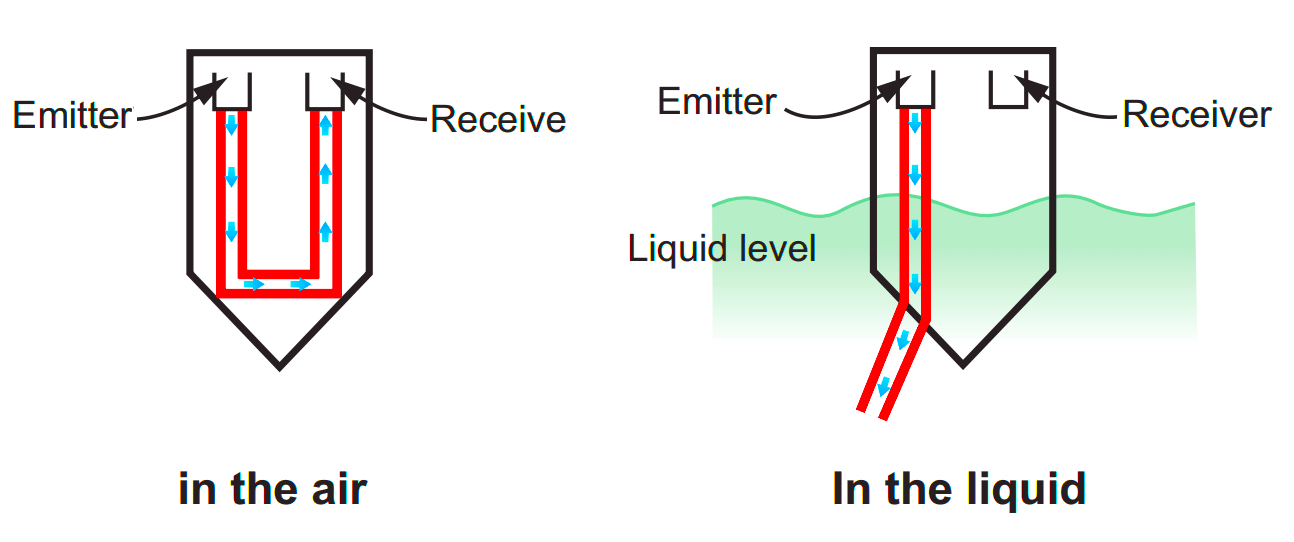
The light is transmitted and received back in a cone-shaped prism structure. It means that the light will not travel all the way to the media, but will be confined in a structure.
When there is no media within this structure, then the light will be reflected back. If there is media present, then the light will not be reflected back. This changes the electrical output.
Paddle Type Level Switch
It is a very simple concept and works on paddle movement. A paddle is installed in the beneath sensor setup, which is driven by a small electric motor.
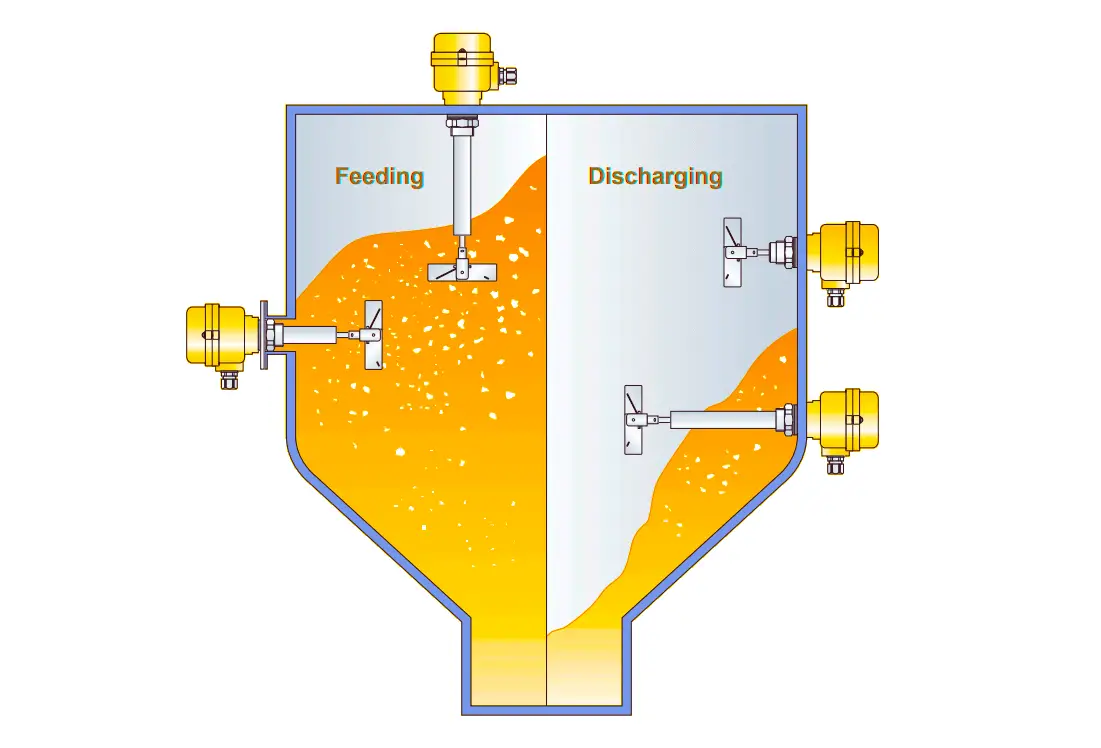
In the absence of any media, the paddle will rotate freely. If any media comes in contact, then more force will be required to move the paddle. It can also happen that the paddle will stop rotating. This rotational change varies the electrical output.
In this way, we understand some general types of level switches used in industries.
If you liked this article, then please subscribe to our YouTube Channel for Electrical, Electronics, Instrumentation, PLC, and SCADA video tutorials.
You can also follow us on Facebook and Twitter to receive daily updates.
Read Next:
- What is a Bubbler Level Sensor?
- Level Measurement Technologies
- Differential Pressure Level Transmitter
- Radar Level Transmitter Problems
- Calculate Range of Level Transmitter
